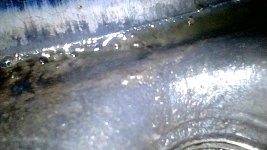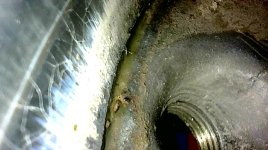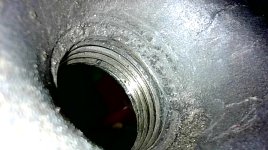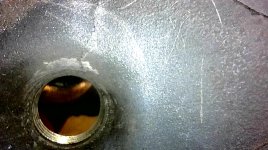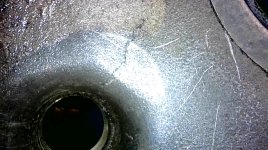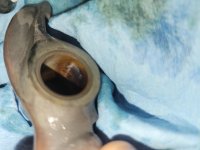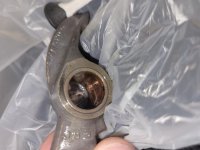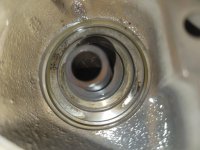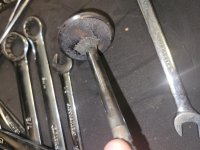johnpaul44
Member
RV7 O-360 A1A 900 hours
Today was in the process of borescoping all the cylinders and i think i have discovered a crack in the spark plug hole of number 4 cylinder.. im not sure if its just lead debris that made it look like a crack or what.. is there anyway to tell 100% without removing the cylinder?
In addition to this i have been getting bronze flakes in my oil... when looking into this cylinder i notice bronze flakes all over the place, but not present in other cylinders , maybe this cylinder is completely trashed?
Today was in the process of borescoping all the cylinders and i think i have discovered a crack in the spark plug hole of number 4 cylinder.. im not sure if its just lead debris that made it look like a crack or what.. is there anyway to tell 100% without removing the cylinder?
In addition to this i have been getting bronze flakes in my oil... when looking into this cylinder i notice bronze flakes all over the place, but not present in other cylinders , maybe this cylinder is completely trashed?



